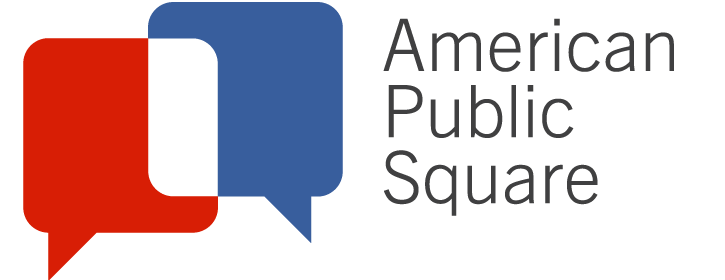LOCAL TV NEWS
Source
In 2016, viewership for network local affiliate news stations (ABC, CBS, Fox, and NBC) declined in key time slots – morning, early evening and late night.
Since 2007, the average audience for late night newscasts has declined 31%, while morning audience declined 12% and early evening audience fell 19%. Local TV noon and 7 p.m. news viewership also declined.
NETWORK NEWS
Source
Combined average viewership for the ABC, CBS and NBC evening newscasts remained stable, down 1% in 2016, staying at about 24 million.
NEWSPAPERS
Source
The estimated total U.S. daily newspaper circulation (print and digital combined) in 2016 was 35 million for weekday and 38 million for Sunday, both of which fell 8% over the previous year. Declines were highest in print circulation: Weekday print circulation decreased 10% and Sunday circulation decreased 9%.
Beyond daily newspapers, many U.S. cities have what are known as “alt-weekly” papers – weekly newspapers, generally distributed for free, which put a heavy focus on arts and culture. Average circulation for the top 20 U.S. alt-weekly papers is just over 61,000, a 6% decline from 2015.
DIGITAL NEWS
Source
In the U.S., roughly nine-in-ten adults (93%) get news online (either via mobile or desktop), and the online space has become a host for the digital homes of both legacy news outlets and new, “born on the web” news outlets.
PUBLIC BROADCASTING
Source
The top 20 NPR-affiliated public radio stations (by listenership) had on average a total weekly listenership of about 10 million in 2016, up from about 9 million in 2015.

(Source, p. 10-11)












